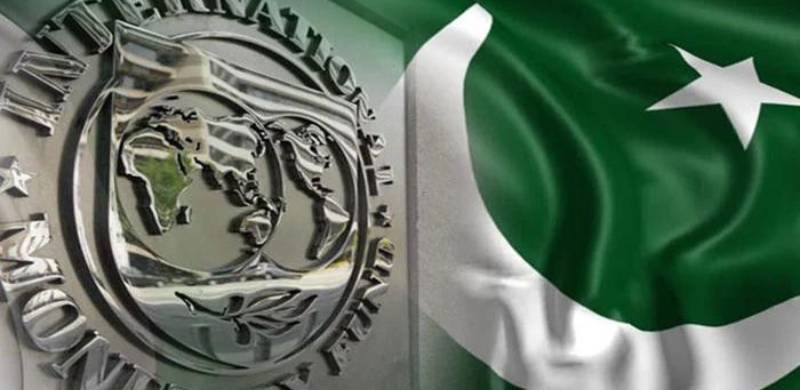
Pakistan's liquidity concerns have been the subject of much discussion lately. However, since entering into the Stand-By Arrangement (SBA) with the International Monetary Fund (IMF) in June of this year, it is believed that risks have been addressed, at least temporarily.
However, the severity of the situation cannot be underestimated. To emphasize this point, a recent article published by Bloomberg provides a compelling example. Titled "Dollar Shortage Traps Multinationals’ Profits Inside Pakistan," the article explains that an amount ranging from $1-2 billion is waiting to be repatriated to foreign shareholders of local multinational establishments. Unfortunately, this remittance is not being carried out due to the state's rationing of dollar outflow amidst a severe shortage.
Consequently, it is crucial for Pakistan to secure the second tranche under the ongoing SBA and secure its liquidity position. The review for this tranche is expected to be initiated later this month.
Therefore, the pressing question is whether Pakistan has successfully implemented the policy measures mandated by the Fund, or if it will once again find itself in difficult circumstances during the upcoming review.
In an attempt to answer these questions, Topline Securities has issued a report on Pakistan’s IMF Loan Review.
The report reassures that despite facing challenges and missing some targets related to external funding, primary deficit, and gas price adjustments, there is a high probability that Pakistan will receive the next IMF tranche.
It outlines the key policy pillars of the SBA, including the implementation of an appropriate budget for FY24, the establishment of a market-determined exchange rate, the adoption of a tight monetary policy, and initiatives to strengthen both the energy and banking sectors. Additionally, the IMF has also emphasized the need for enhancing climate resilience.
As per the Topline Analysis, the Ministry of Finance has projected gross external financing requirements of $28.4 billion for FY24, including a Current Account Deficit of $6.5 billion. The government plans to secure a total of $11 billion in funding, with contributions from China and Saudi Arabia, as well as multilateral creditors such as the World Bank, Asian Development Bank, and Islamic Development Bank. Further, $3 billion under the nine-month SBA program has also been accounted for.
The report further explains the external financing requirement referring to SBP’s Governor’s comments that the total external financing requirement for FY24 is $24.6 billion, with $2.8 billion already paid. Additional commitments are expected, with a net payable amount of $8 billion.
Therefore, as per analysts, managing the current account deficit and meeting the primary budget surplus target will be significant challenges for the government.
As per the report, efforts to enhance tax revenues and control the deficit would need to be explained to the Fund staff as it is expected that Pakistan’s primary deficit would clock in at 0.4% of GDP in FY24 vs the target of 0.4% of primary surplus.
Additionally, the power sector circular debt, Energy & Gas, remains a key challenge as both have crossed the Rs. 2 trillion threshold. While the government has moved in the right direction by increasing the electricity and petroleum prices, the much-awaited gas price revision are yet to be announced.
Lastly, analysts at Topline also anticipate that the SBP will need to convince the IMF regarding its outlook on inflation. This is due to the recent surge in commodity prices, which has exerted upward pressure on domestic prices.

